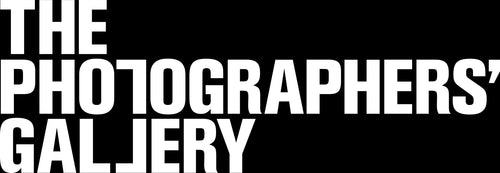* New or Sealed *
Elements of Vogue: A Case Study in Radical Performance
Elements of Vogue: A Case Study in Radical Performance
Couldn't load pickup availability
Bodies are agents and products of history. Bodies are history made flesh, but they are also primary tools for understanding the past, present and future. History is a choreographed sequence of gestures that makes bodies intelligible to each other. Every gesture is a link in a chain binding us to gender, race and social class. Gestures solidify into identities. They enact identities that become natural through the systematic repetition of identical gestures. And yet, a pose does more than that. Posing means becoming aware of how a body makes history. “To strike a pose is to pose a threat”, wrote Dick Hebdige referring to the meaning of style in youth subcultures. That’s why it’s important to trace the history of dissident gestures, to trace the genealogy of poses that are bold enough to confront the norm. This modality of performance may be described as radical because it opens up a space for imagining other possible bodies and futures. A radical performance invokes subjectivities for which no name yet exists and social choreographies that are still to come.
This notion of radical performance is what defines voguing, a popular culture that unfolds around transgender pageants and spectacular dance battles between queens of Black and Latino descent. Vogue is a defiantly queer dance style, the roots of which go deep down into the history of the African diaspora. It draws inspiration from the poses in top women’s fashion magazines, re-appropriating the elitist imaginary of haute couture and combining it with the vocabulary of Egyptian hieroglyphs, Asian martial arts and Afrofuturism. Such a transgender, multicultural hallucination is what made vogue emblematic of a fiercely underground scene: namely, the ballroom scene. Ballroom culture flourished in 1980s New York as a response to the AIDS crisis, but its history spans a century of fragile coalitions between minorities that have been consigned to the margins, incarcerated and pathologised throughout the modern period. In the stylised poses of voguing, the dancer’s hands do more than just draw figures in the air.
These poses are a bodily transcription of a history of resilience that can be traced back to the 1920s, coinciding with the first massive drag balls of the Harlem Renaissance. With its elaborate rules, aesthetic codes and forms of social organisation, ballroom culture is still a platform to channel queer energies and affirm the lives of nonconforming bodies in what constitutes a case study of radical performance.
Published on the occasion of Elements of Vogue at Centro Arte Dos De Mayo.
All texts are bilingual (English/Spanish).
Title: Elements of Vogue - A Case Study in Radical Performance
Publisher: CA2M & Motto Books, 2020
Author: Charles Atlas, Dawoud Bey, Joan Jett Blakk, David Bronstein, Willie Cole, Emory Douglas, LaToya Ruby Frazier, Ellen Gallagher, Bam Bam Garçon, Gerard H. Gaskin, Lyle Ashton Harris, Benji Hart, Juliana Huxtable, Arthur Jafa, Marsha P. Johnson, D’relle Khan, Crystal LaBeija, Zoe Leonard, Glenn Ligon, Kalup Linzy, L.O.V.E. Lesbians Organized for Video Experience, Dorothy Low, Paul Maheke, MikeQ, Rashaad Newsome, Lorraine O’Grady, Paper Tiger Television, Adrian Piper, Carl Pope Jr., Pope.L, Qween Beat, Jay Jay Revlon, Marlon T. Riggs, Sylvia Rivera, Martha Rosler, Stephen Shames, Frank Simon, Lorna Simpson, Bruce W. Talamon, Terre Thaemlitz, Wu Tsang, James Van Der Zee, Jack Walworth, Andy Warhol, Cornel West, Ernest C. Withers
Photographer: -
Graphic Design: -
Format: Softcover
Size: 27 x 20.5 cm, 520 pages
ISBN: 9782940672127
Edition: -
Share
















